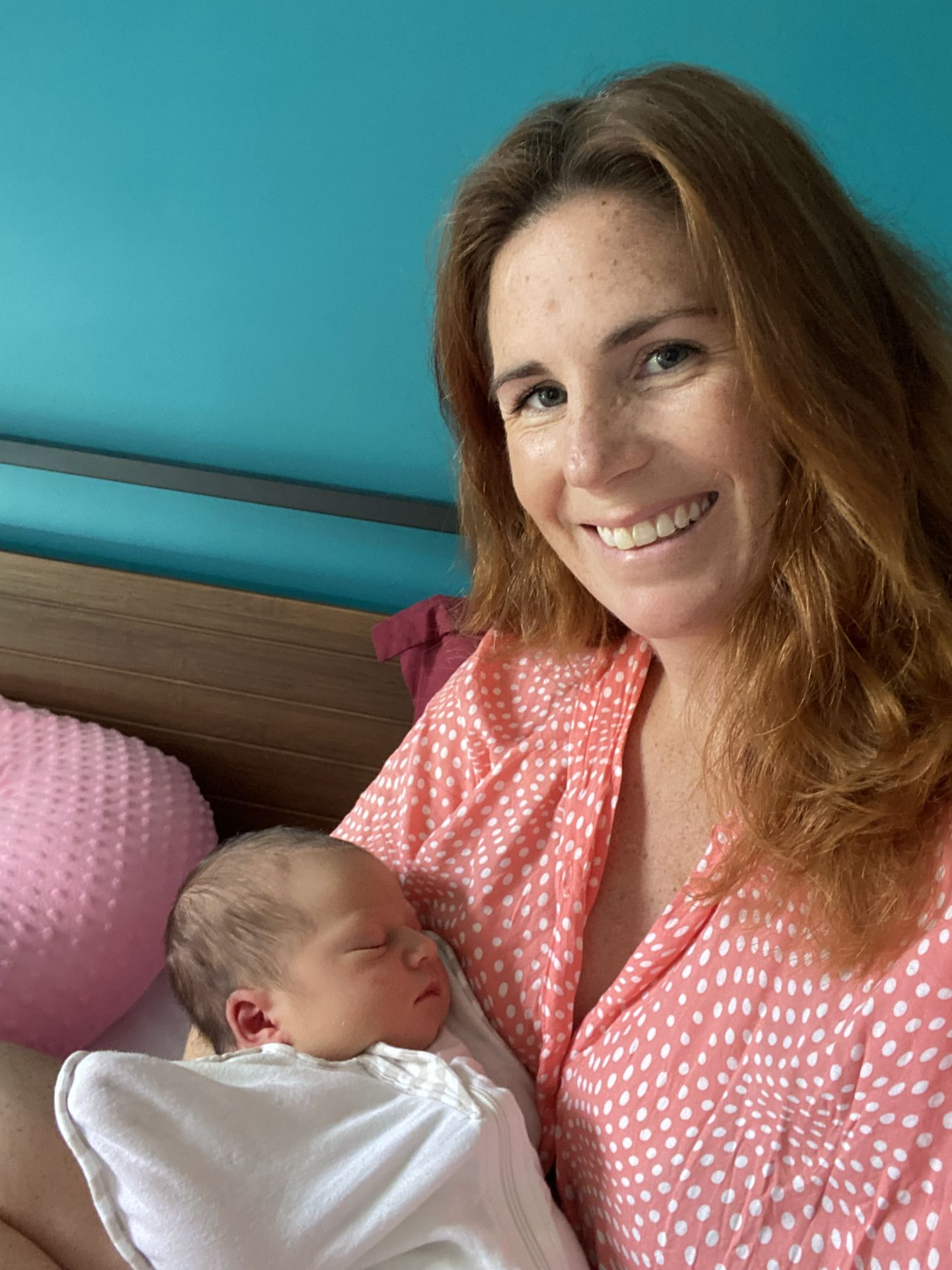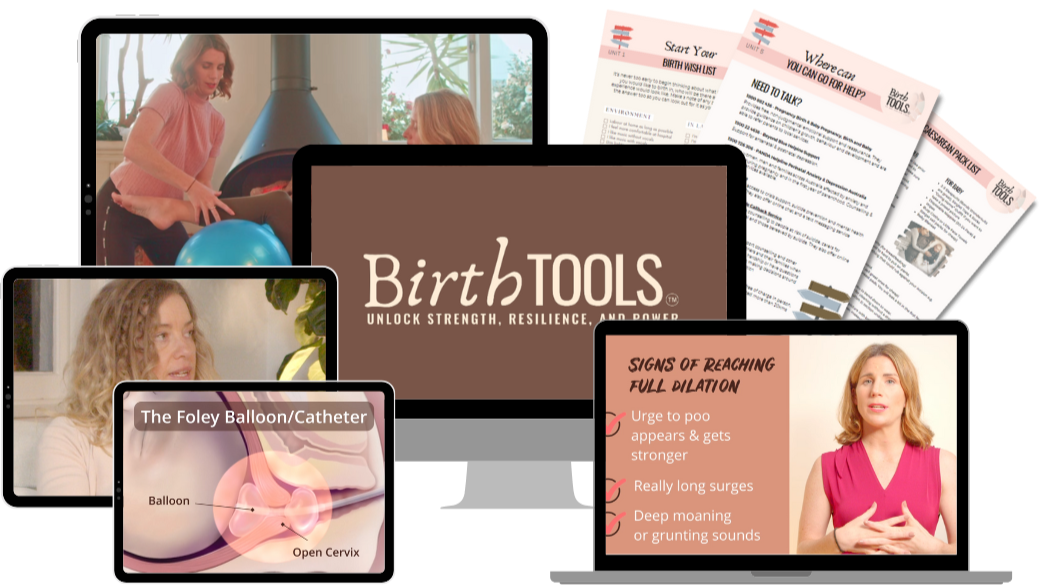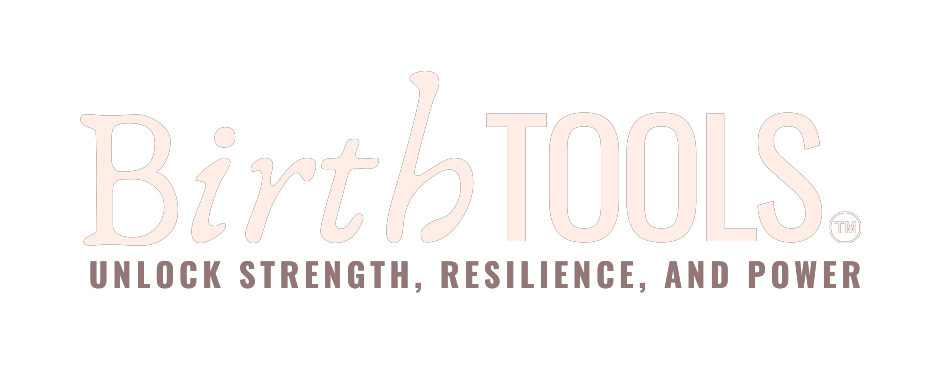How to Heal Tears At Home (Without Stitches)
There is a little myth about serious vaginal tears that shies women away from birthing at home on their own terms. In fact, it's often the reason why women transfer to hospital after a positive birth experience at home. I am here to confirm that with the right preparation and rest after birth you can, not only, heal your perineal tears naturally but have less pain that stitches!
What happens when you tear in hospital?
The more significant and tears that we are hoping to avoid are 3rd and 4th degree tearing. This means that they are often internal and the damaged muscle layers are much deeper, sometimes going into the rectum. In a hospital setting this will require a trip to theatre with an epidural/spinal block or at your request they can put you under. Obviously, this adds to your experience in a not so nice way, as wel as the memory of your birth and delayed recovery time plus disturbance with your baby.
Obviously so many reasons that you want to avoid going to hospital if you have birthed at home!
How can I avoid a 3rd or 4th degree tear?
- Avoiding any kind of medication to start labour or during it
- Refrain from birthing on your back if you can
- Perhaps even trying perineal stretching techniques in pregnancy
Of course, other than perineal stretching, I still encourage women to consider these evidence-based practices but I do not feel that a small or large degree of tear is actually our body's way of 'failing.' I have come to this conclusion because of how incredible the body heals in my own experience and with other women who have also refrained from stitches. If the body heals (even better in my opinion) without stitches then maybe our bodies making the space for our babies wider if just part of the process of a physiological birth.
Note: The information is specific to physiological birth without episiotomy or pharmaceuticals. This is because the process of the body's opening and healing has been disrupted by an intervention, therefore another intervention for healing may not be unwarranted.
How to Heal Perineal Tears Naturally
What I did experience was being unable to engage my lower rectum over a few weeks and with the use of a mirror I could see a very large, internal muscular tear when inspecting myself. It continued to bleed for a few days, although not extensively and I had some stinging pain when I went to wee. That being said it was the same type of discomfort (other than the rectal engagement) that I experienced in my birth birth with a 2nd degree tear and stitches.
I was lucky enough to be gifted this ebook! I highly recommend paying the $25 that accompany the advice, images and solid healig plan. Below I will show you what I did to heal completely by four weeks postpartum!
Plan your postpartum month in bed
- Walking extensively
- Crossing your legs
- Leaving your bedroom, other than a small snack or bathroom break for 2 weeks
There is something called the 5-5-5 Rule and it goes something like this... 5 days in bed, 5 days on the bed and 5 days around the bed. By the time this period is up, you will find that your body has healed enough that you won't be retraumatizing the area.
This is something I did twice by accidentally crossing my legs and immediately feel the areas tug and pull.
Another way to know whether you are doing too much is to monitor your bleeding. If it takes a spike or you get some cramping with blood loss then you now your body is reacting to too much activity and you need to take a step back.
Eat foods that aid digestion
Check out the book "The First Forty Days" for some recipes
Try Vaginal Steaming instead of Antibiotics
Alongside the blood loss your body is releasing a lot of mucus. It can get a bit smelly as we often wear pads and not "airing" ourselves out. This is where vaginal steaming can come in handy! Essentially, the process of heating antibiotic and cleansing herbs with boiling water and then sitting over the steam with no underwear. It warms the area and the steam opens the vaginal walls and removes bacteria by cleansing the areas we can't access.
It feels amazing and really helped me take an active role in my recovery. I started on about day 3 and tried to do it every evening for two weeks. It made me feel clean and helped with the odour that naturally occurs in the first couple of weeks. I think this was pivital in avoiding any kind of infection or bacteria.
For more information check out "The Steamy Chick" website
And try "Blissful Herbs" to purchase the steaming pack in Australia
How long does it take to heal from a tear?
Days 1 -7
Bleeding quite heavily but nothing that worried me
Stinging when wee-ing (when I didn't use a peri spray bottle)
I had no incontinence issues but was unable to push a poo out. It felt like I could't find the muscles required to do it. If I did try, it resulted in an aching pain. To counteract this, I simply waited for the bowel movement to spontaneously come and then made my way to the toilet without delay. That way I avoided having to actively try to push.
Days 8-14
I still bled but less than the first week
The stinging was still mild so I continued to use a peri bottle
My vagina was starting to get itchy, but I realised this was a normal part of the healing process.
When having a bowel movement I still felt the same continued with the above technique
There was a strong smell when wiping so I made sure to steam everyday, which removed the odour
I started to walk alot more around the house and this proved to be a bad idea because I would feel a stong "heaviness" in my vagina. I returned to keeping to the bed and it went away over time.
Days 15-21
Bleeding was still red but minimal and tapering off
No more stinging when weeing
The itchiness was coming and going
With each passing day I could actually feel more feeling returning to my rectum like it was healing.
I started to move around more, but was mindful that if I felt that heaviness I would spend the next day in bed doing very little.
Days 22-28
The bleeding was no longer present by the end of four weeks
I no longer used the peri bottle for toilet visits
And I remember feeling 95% healed with no discomfort at all when pooping.
There was also no more smell so I no longer was steaming either.
I don't remember feeling any heaviness as I was now actively taking walks outside in small doses.

And that is how I healed my tears without any medical intervention like stitches! Of course this experience is completely anecdotal and I encourage every woman to intuitively assess how she feels and decide when to engage a professional. That being said, it is wonderful to know that if your body birthed a baby, with the right resources and support we can heal ourselves!
If you would like to read my birth story you can find it here

Transform Your Birth Story Today
Say goodbye to anxiety and hello to confidence with the BirthTools Signature Birth Class. Tailored for women who want to overcome past traumas or prepare for their first birth, this program equips you with essential insights and strategies for a positive birth experience. Click here to take the first step towards a better birth!
Quick links
Follow us
-
Facebook
-
Instagram

